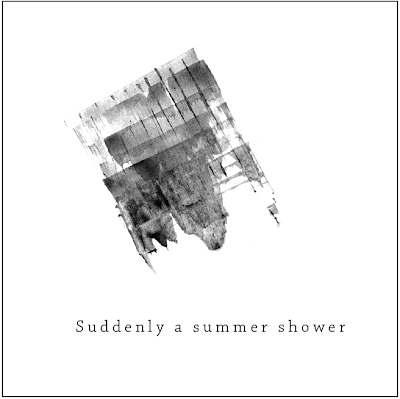
Thursday, December 17, 2009
Wednesday, December 9, 2009
Paul Rand
Documentation of Taxonomy




Tuesday, December 8, 2009
FINAL REFLECTION
Sunday, December 6, 2009
Monday, November 30, 2009
VIS COM find and share
interesting.
CDF - Warhol Exhibition - E.C.
Sunday, November 29, 2009
CDF update
Wednesday, November 25, 2009
Sunday, November 22, 2009
CDF update
Thursday, November 19, 2009
Wednesday, November 18, 2009
r.e.m.b.e.r
Tuesday, November 17, 2009
CDF
Monday, November 16, 2009
TAXONOMY UPDATE
COlOR DRAWING FORM update nov. 9-13
Sunday, November 15, 2009
bernini is inspiring.
CDF
Friday, November 13, 2009
VIS COM reading response: bitmap v. vector
It's especially good for anyone who edits on the computer to know that a bitmap image is simply another term for a digital image. When I heard the word 'bitmap', I always imagined that it was juts another type of file. To put it simply, "while a .jpg file is always a Bitmap graphic, a Bitmap graphic is not always a .jpg file". (http://www.eastbywest.com/pub/vectorbitmap/).
A bitmap, or digital image is made up of a bunch of dots, or rather squares. Much like some pointalistic paintings that exist, only a computer has the squares lade out mathematically on a grid so that is may easily refer to them and make changes to them if a person desires to manipulate the image in a certain way.
The more pixels (squares that make up the image) in a digital bitmap file, the better the image looks. The image becomes distorted if when you try to make it bigger. If there is not enough information (that is square pixels) then the computer won't know what to do when you want the picture bigger, so it will make things up. And that's not nice.
A vector image is different than a bitmap image. Depending on what it is that you need to do, a vector image can be more convenient than a bitmap because it is much more simple. when you make a line with a vector tool, all the pixels of that line are black, or whatever color you want - and so all the pixels that are put together are one solid color. and that's nice.
however, there is only so much one can do whilst making an image with a vector tool. usually, a vector image should not be complex because it always ends up having the same undesireable (in my oppinion anyway) effects. Making a simple design with a vector image is often very convenient, because it can easilly be reshaped, resized or duplicated. and that's really nice.
Tuesday, November 10, 2009
Visual Communication - proposal for taxonomy
Sunday, November 8, 2009
CD&F UPDATE - NOV. 2-6


Wednesday, November 4, 2009
READING: URGE TO MAKE
JUST FOR ME
Sunday, November 1, 2009
CD&F UPDATE OCT. 26 - 30


Tuesday, October 27, 2009
reading "anatomy of a visual message"
Monday, October 26, 2009
Visual Communication - Haiku
~~~~~~~~~~~~~~~~~~~~~~~~~~~~~
MIRROR ~ POND OF STARS . . .
SUDDENLY A SUMMER
SHOWER
DIMPLES THE WATER
Sora
~~~~~~~~~~~~~~~~~~~~~~~~~~~~~
~LINE one:
1. reflection
2. aqua
3. fall/decend
4. bright (stars)
5. shine
6. inside
7. serene
8. quiet
9. blue/dark/chill
10. aqueous
_______3_____
reflections
fall
serene
~LINE two:
1. drench/soak
2. refresh
3. swift
4. surprise
5. shelter
6. promise
7. gleam/shine
8. raindrops
9. abate/cool/chill
10. shine
_______3_____
swift
raindrop
drench
~LINE three
1. Ripple/dimple
2. wave
3. movement
4. fresh
5. smooth
6. fold
7. infusion
8. disappear
9. undulation
10. uprise (splash)/ elevate
_______3___
impression
uprise
undulation
Sunday, October 25, 2009
Friday, October 23, 2009
CD&F UPDATE october 19 - 23








































